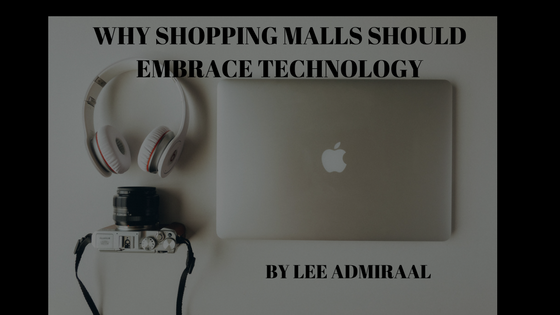The eruption of online technology is viewed by some retailers as a dire threat to the shopping mall’s existence. In truth, such technology is likely the vehicle through which the shopping mall solidifies its future.
Convenience has always factored largely into shoppers’ habits. In decades past, malls dominated the market due to their convenience; they granted access to bazaars boasting a seemingly endless array of products, all under the same roof. Today’s malls, however, simply cannot match the convenience of purchasing products from a smart device. But that’s alright, because tomorrow’s malls won’t have to.
The consumer mindset is shifting; ultimate convenience is often eschewed by millennials and younger generations in favor of experience. A 2016 study found that 72 percent of millennials would prefer to pay for experience, rather than material “stuff.” In this arena, malls hold a massive advantage over online commerce, as visiting the mall is already valued as a novel form of communal experience by many. A study by C&T Marketing Group interviewed 3,000 adults and found that, of the 80% who still shop in malls, 55% valued “the experience” above any other perk of in-person shopping.
By cleverly implementing digital tech, the mall experience can be further upgraded into a form of “augmented reality,” which fully capitalizes on the strengths of face-to-face interaction in an irresistibly niche way that, rather than opposing the digital marketplace, complements commerce overall.
Some in the mall industry have already begun experimenting with digital renovations. French mall company Klépierre recently piloted the Inspiration Corridor, an electronic booth that scans shoppers clothing sizes, and displays a selection of clothing across a touch-enabled wall screen. Using the touchscreen, customers can quickly locate their preferred styles, and combine articles of clothing to create outfits.
Many malls have moved even beyond experimentation, establishing digital tech’s ability to enhance offline experience by fusing it with online retail; for example, British mall owner Land Securities installed Amazon collection lockers in several of its shopping centers, where customers can pick up items purchased from the e-commerce site. For customers looking to dodge the costs and wait time of shipping, some retailers now offer a “click to collect” option, which enables purchasing products online, and picking them up in store.
The potential modern technology offers malls is limited only by the creativity of mall designers. From in-store wifi, to touch-screen enabled kiosks, to augmented reality zones, embracing the transformative nature of technology will guarantee malls a smooth transition into the future.

